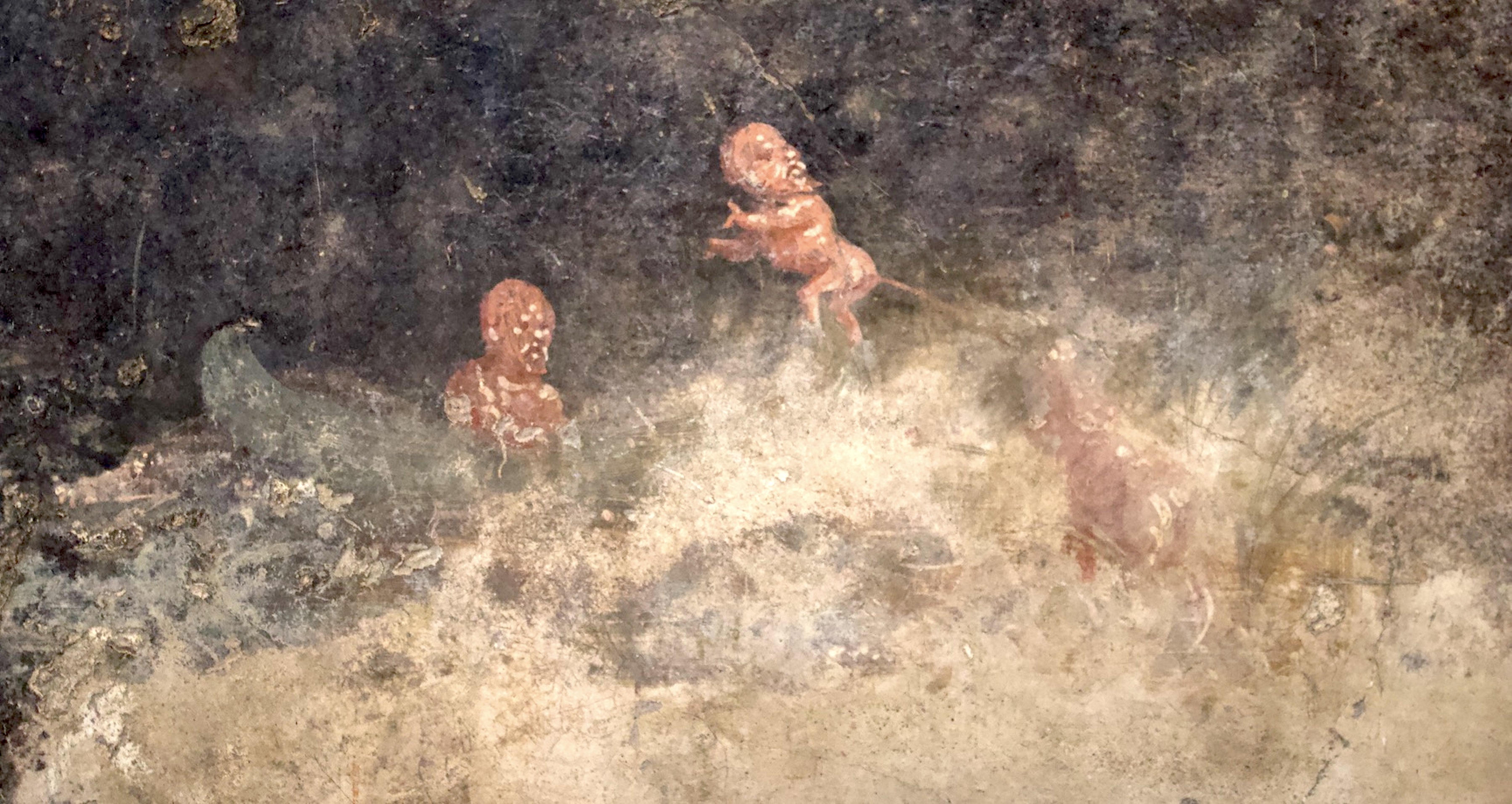An Architectural Terracotta from the Trebiae Site: Analysis and Dating.
Main Article Content
Abstract
This paper presents the findings of an analysis and dating of a fragment of architectural terracotta uncovered in the Pietrarossa area during archaeological excavations conducted in Trevi (Perugia, Italy) in August 2021. The terracotta is adorned on one side only and probably belongs to the Campana-type slabs. The settlement likely reached a high standard of living in the mid to late imperial period, as evidenced by the presence of polychrome mosaic pavements discovered in one or more of the domus, such as the room with a figurative pseudo-emblem with the head of a gorgon. The production of Campana-type slabs flourished during the Augustan and Antonine periods. Based on iconographic analysis, it can be concluded that the architectural fragment dates back to the Augustan period, indicating a prosperous standard of living in the settlement during that era.
